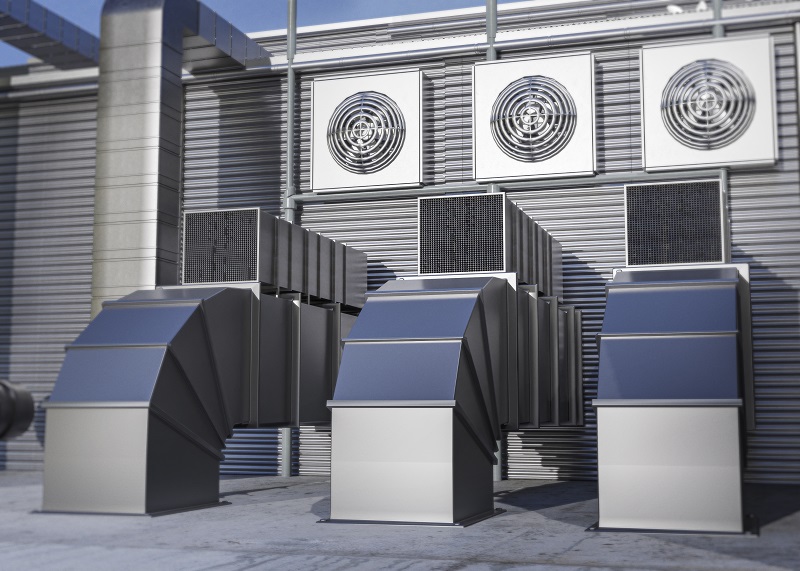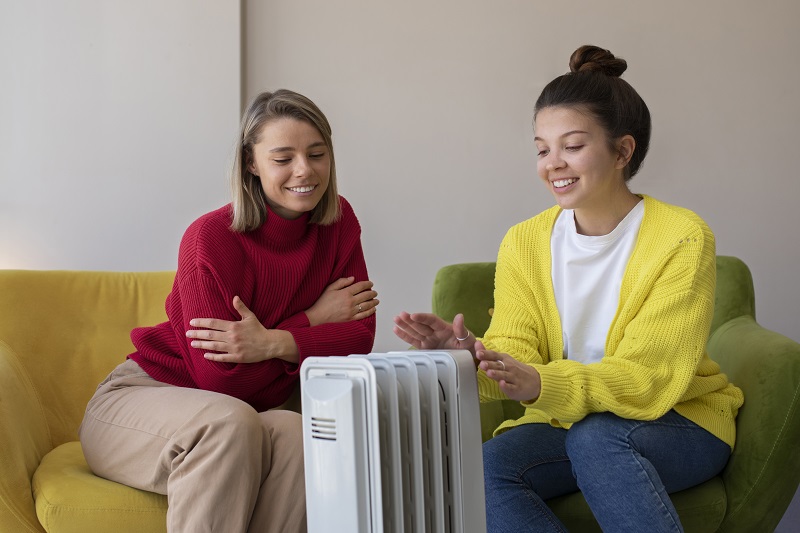Introduction
Does your heart race at the thought of long, hot showers on chilly mornings? Or maybe the feel of a cozy, air-conditioned room after a hot, sweaty afternoon? While the comforts provided by heating and cooling appliances are simply undeniable, have you ever stopped to consider the ecological cost? This blog post delves into the environmental impact of these daily conveniences.
Heating and cooling appliances have become inescapable aspects of our modern lives, whether it’s to warm a nippy room or cool a sweltering one. In pursuit of year-round comfort, we may overlook the ripple effects of our actions on the environment. So, let’s take a moment to evaluate our comfort’s real cost – to the environment, to the future generations, and to ourselves.
Hence, the purpose of this post is to raise awareness about the operational footprint of heating and cooling appliances. We peek into why it matters, the major culprits, what changes we can make, and how sustainable alternatives stand to challenge the status quo.

Why Should We Take Notice?
We live in what seems like an age of endless energy sources; flipping a switch gives us light, and turning a tap provides us warmth. However, this perceived abundance veils the hard truth: much of our energy comes from non-renewable resources, driving climate change.
A significant percentage of the energy used is consumed by heating and cooling appliances in our homes and offices. This energy consumption results in substantial CO2 emissions – the primary driver of global warming. Therefore, to mitigate climate change impacts, it’s imperative that we understand our appliance’s energy usage and seek ways to decrease it.
What Heating and Cooling Appliances are in the Spotlight?
The biggest culprits contributing to the carbon footprint are air conditioners and heating systems. Several factors affect their carbon footprint, including the type of fuel used, the system’s efficiency, and whether it’s powered by renewable electricity or not.
Water heaters, especially those running on fossil fuels, also have considerable environmental tolls. Space heaters, a beloved device in cooler climates, are other sources of carbon emissions, which multiply when powered by coal-fired electricity. So, it’s not just about whether we are using these heating and cooling appliances, but how we use them matters too.
What Changes Can We Incorporate?
Transitioning to energy-efficient models is one way of minimizing environmental impact. Installing smart thermostats enables programming temperatures based on time and occupancy, reducing energy wastage.
The way we consume energy should also be questioned. Instead of heating or cooling entire buildings, we can adopt more localized approaches, only adjusting temperatures where necessary. Lastly, the energy efficiency of our homes and offices shouldn’t be undermined; proper insulation can significantly reduce energy demand.

Encouraging Sustainable Alternatives
Fortunately, many sustainable alternatives are now available. Air conditioners and heaters that run on solar power or other renewable energy sources are becoming more common. Heat pumps, which extract warmth from air or ground, also promise great potential due to their low energy consumption and high efficiency.
Moreover, green design principles, such as orienting buildings to maximize solar gain and natural ventilation, can lessen our reliance on artificial heating and cooling. Investing in these eco-friendly alternatives and sustainable design practices aren’t just moral choices, considering the environmental crisis we’re facing, but also economically sound decisions in the long run.
Impact of Policies and Regulations
Government policies and regulations play a significant role too. Governments globally are introducing stricter regulations for appliance efficiency and incentivizing green choices. This regulatory push, combined with consumer awareness, can drive the shift towards energy-efficient and environmentally friendly heating and cooling appliances, helping us move closer to shrinking our comfort’s ecological price tag.
Conclusion
Our decisions, conscious or unconscious, put us on this path towards climate change. We cannot reverse some of the damage done, but we can steer clear from repeating the same mistakes.
In the face of global warming, understanding the environmental impact of heating and cooling appliances has become a necessary, unskippable lesson. Becoming aware of the environmental implications, choosing energy-efficient and sustainable alternatives, and advocating green practices constitute the first steps towards a more accountable usage of energy.
Remember, our seemingly insignificant choices can lead to significant changes. Let’s reshape our future by redefining our present. Because a comfortable future requires a sustainable now.

